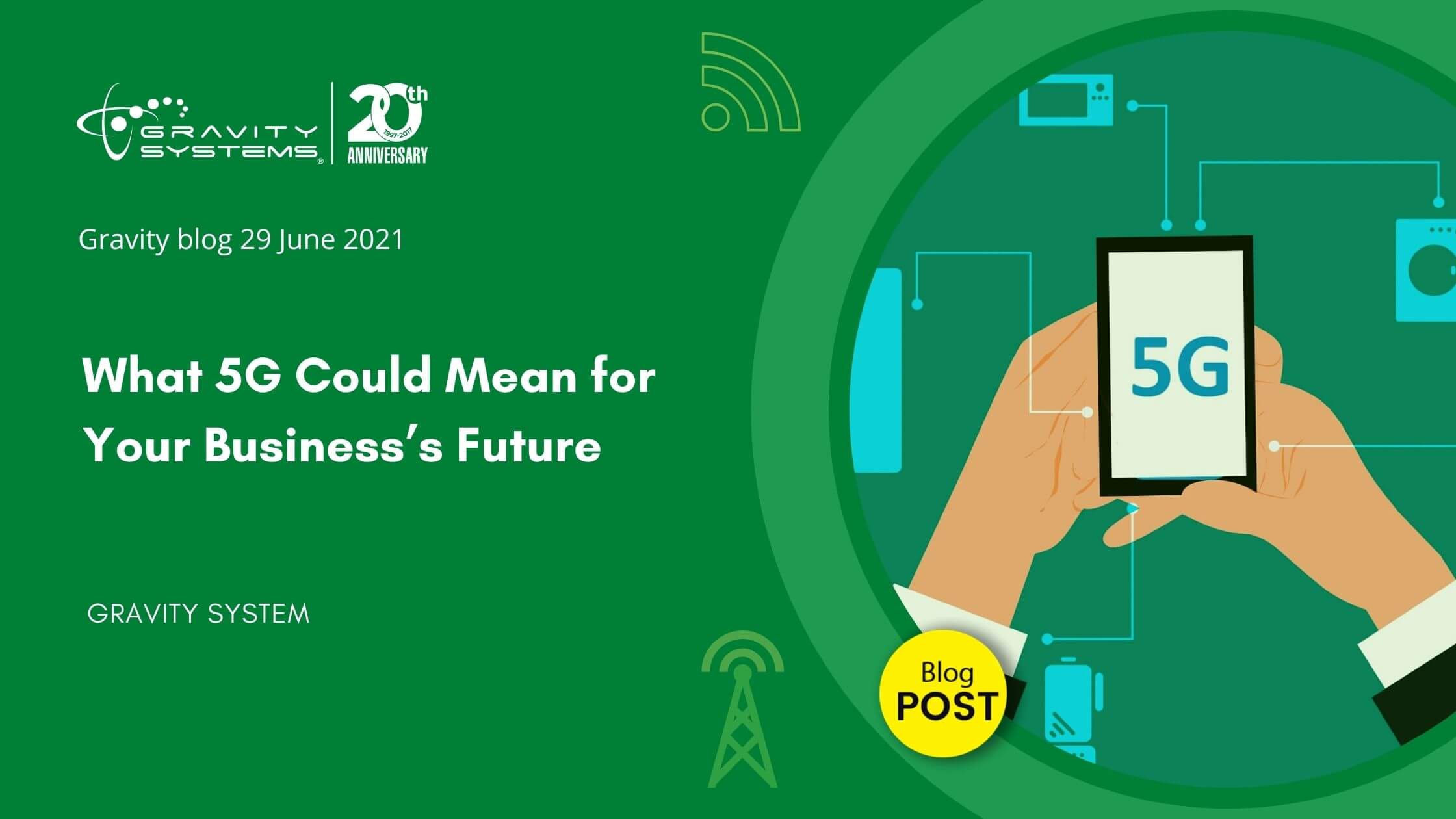Mobile connectivity technology continues to advance. Recently the spotlight has fallen on 5G, the new generation in cellular wireless tech. What do you need to know about 5G, and what kind of positive impact could it make on your business? As usual, our Austin IT support team at Gravity Systems has the answers
.jpg?width=2240&name=The%20Operating%20System%20(1).jpg) .
.
5G functions on a whole different cellular radio system than 4G. This means that your 4G network and your 5G network may not overlap precisely. Fortunately, 5G can accommodate a mix of 5G and 4G signals, allowing users to take advantage of a carrier’s full 4G/5G coverage map. Eventually, you can expect standalone 5G networks to take over as the new normal.
5G connectivity comes in three different bandwidth ranges, low-band, mid-band, and high-band. High-band 5G currently operates only over short distances, so you’re more likely to have med-band or low-band as choices. Low-band 5G doesn’t offer a significant performance bump over 4G, but mid-band can give you stunning speeds. (Don’t be fooled by AT&T’s “5G E” terminology, which really just refers to their 4G network.)
Why might you want this great leap forward, apart from obvious future-proofing reasons? If your work frequently involves streaming, downloading, or uploading enormous files such as lengthy video presentations, 5G could prove just what the doctor ordered -- in fact, you could download a full high-definition file of a feature film in a matter of seconds over a 5G connection. If you plan on exploring other data-heavy areas such as virtual or augmented reality, you’ll most likely want your mobile devices to run 5G. Last but not least, if you’ve been thinking about making the switch to an all-wireless network for whatever reason, 5G will make that transition a much happier one. Contact us to discuss your IT department’s 5G future!

_NO_BCS_bigger_weird_green_clear.png?width=100&name=for-website_large(save-at-500-tall)_NO_BCS_bigger_weird_green_clear.png)


